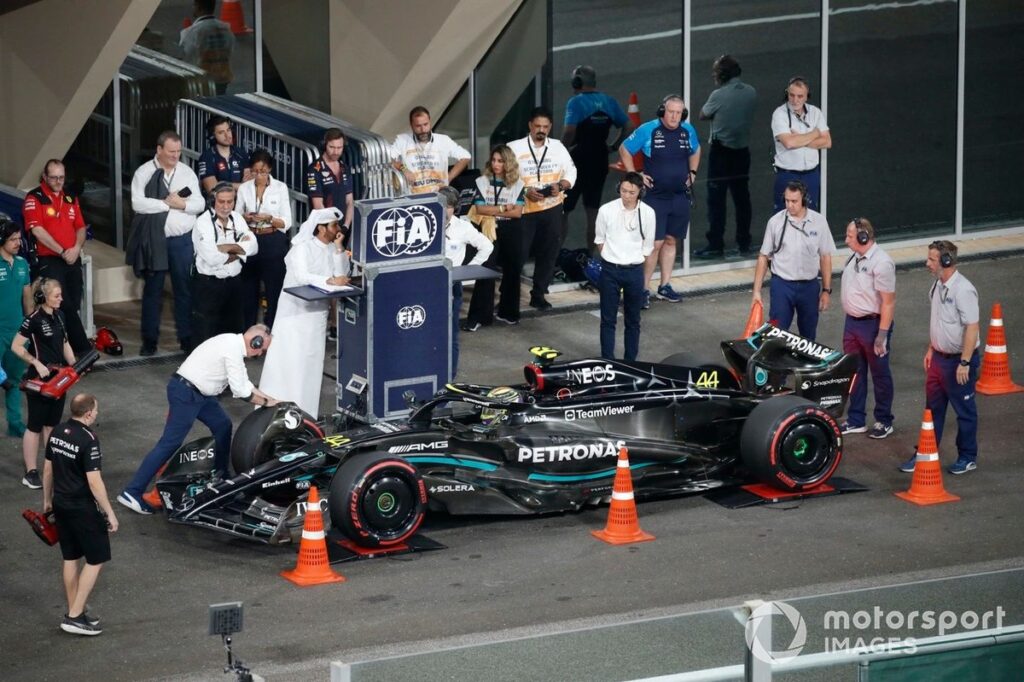Battle for Bodywork Flexibility Continues in Formula 1
In the fast-paced world of Dakar racing, teams are always searching for ways to gain a competitive edge. One area that has been the subject of ongoing scrutiny is the flexibility of a car’s bodywork and its impact on aerodynamic performance.
According to the Formula 1 technical regulations, Article 3 specifically covers aerodynamic components, requiring that all bodywork and aerodynamic parts influencing the car’s performance must be rigidly secured and immobile in relation to the chassis. This rule is in place to ensure the principles of the regulations are being adhered to, as teams continually push the boundaries to find the limit of acceptability.
“It’s a constant game of cat and mouse,” explained one team engineer. “We’re always looking for ways to maximize our aerodynamic performance, but we have to be careful not to cross the line and risk disqualification. The FIA is vigilant in ensuring the rules are upheld, and they’ll impose new tests if they suspect any flexibility.”
The battle to find the optimal balance between bodywork rigidity and aerodynamic efficiency is a constant challenge for Dakar teams. Any perceived flexibility in a rival’s car often leads to calls for additional testing by the governing body, the FIA, to ensure the regulations are being followed.
As the Dakar series continues to evolve, the quest for the perfect balance between bodywork rigidity and aerodynamic performance will undoubtedly remain a hot topic. Teams will need to stay innovative and vigilant to ensure they comply with the regulations while still finding ways to gain a competitive edge on the challenging Dakar stages.
🔗 Source
